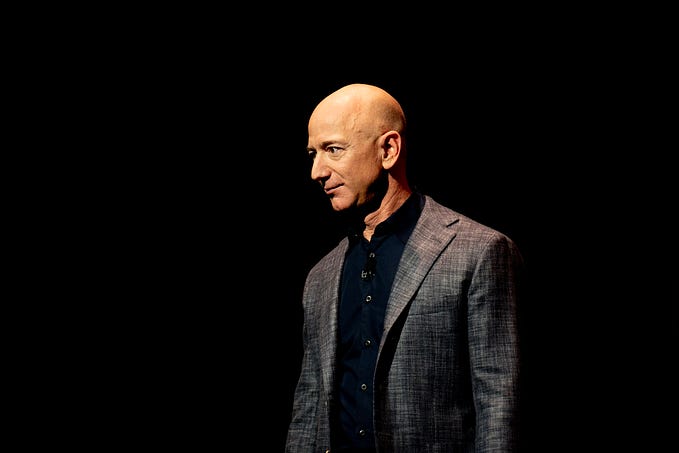Member-only story
Ikea Is Making a Post-Pandemic Gamble
The furniture giant is betting not only on customers returning to physical stores, but to cities, as well

One of the biggest winners in our virus-induced straits is the home improvement industry: Folks are fixing up their bathrooms, adding on rooms, and installing elaborate patios, pools, and gyms. The suburban real estate boom has added fuel to the fire, as a rush of urbanites relocate to homes with grassy spaces. These trends have had a gigantic upside for businesses like Wayfair, Home Depot, and Lowe’s.
Not so much for Ikea, the Swedish-based furniture chain. For decades, Ikea was the go-to store for the masses with empty rooms to fill, or life-stages to adapt to. And with its low-priced, ready-to-assemble furnishings, it should have benefitted as much or better than anyone from the home improvement mania. Instead, it has slumped, temporarily closing stores rather than extending its hours, and worse, failing to prime its online shop and delivery capabilities for the e-commerce surge. Annual sales for the year ending in August were down 4%, to $46.5 billion.
But the company now seems to have woken up in a dramatic way. In a gamble that the home-fixup shift will outlast the pandemic, Ikea says it’s going to launch around 50 new stores, 60% more than the 30 or…









